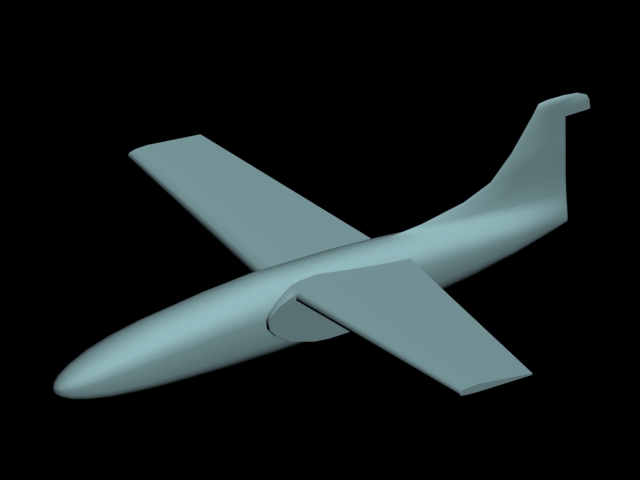The Bell A-28B Attack Jet - a fast moving Mamba!
Bell A-28B Mamba - 432nd Attack Squadron, United States Army Air Corps, 1946
Following the failure of the Allied invasion at Calais in April 1944 and the success of the German counter-offensive in the East there was a change of focus with the US throwing more effort into the Pacific theatre whilst continuing to support the UK in 'holding' the European theatre. Following lessons learned from the failed Calais invasion the USAAC drafted a specification for a new heavily-armed attack aircraft described by General Spaatz as a "requirement for an airborne artillery piece" capable of carrying a 75mm automatic cannon. During the Summer of 1944 the introduction of the jet powered Gloster Meteor and the first appearance of the Luftwaffe's jet (and rocket) powered aircraft led to the USAAC to crank in a demand for the new attack aircraft to be jet powered.
Bell's experience with the P-59 Airacomet gave them an early advantage and with General Electric forecasting a thrust of 4,500lbs from their new I-45 centrifugal jet engine they proposed a design using an airframe loosely based on the P-59 Airacomet but much larger and incorporating two of the new I-45 engines. Even using the new engines Bell knew that the installed thrust would be marginal so, early in 1945, Bell asked USAAC officials for permission to switch to the lighter British Molins 57mm automatic cannon which had just been evaluated by the US and which had a much higher rate of fire than the 75mm (which was, in any case, proving difficult to convert from manual loading to automatic). Once USAAC officials gave permission for this sensible substitution the Bell team forged ahead and got the pre-production prototype YA-28 into the air on February 2nd, 1946 and were rewarded with a production contract for 400 A-28B's barely one week later. Initial deliveries of the A-28B, now christened Mamba, commenced during July 1946 with the 432nd Attack Squadron being the first unit to re-equip.


